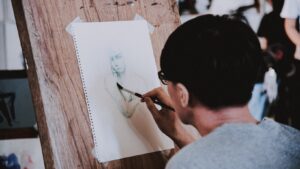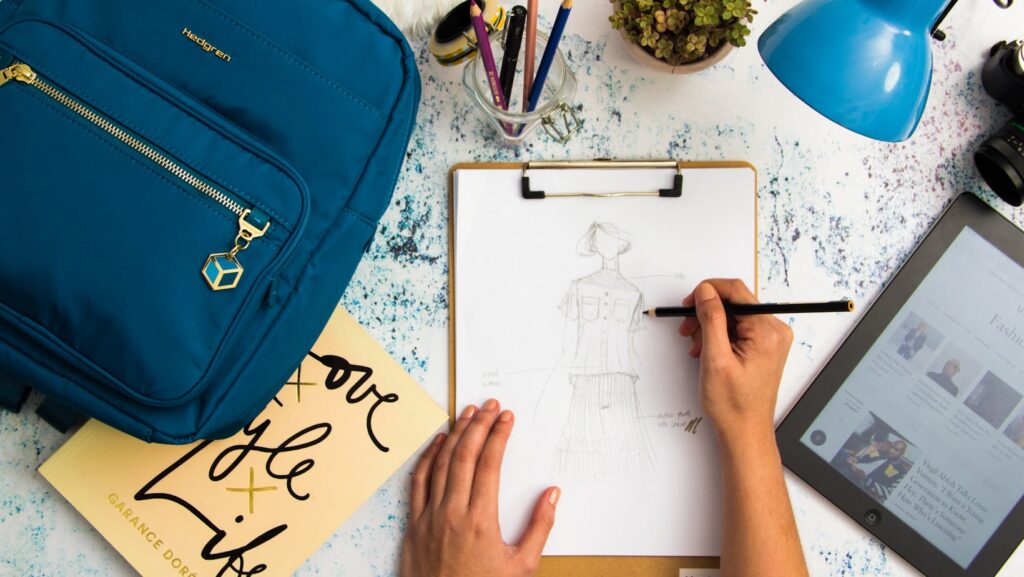Drawing art is a timeless form of expression that transcends cultures and ages. From cave walls to digital tablets, drawing has evolved yet remains a fundamental way for individuals to convey thoughts, emotions, and stories. It’s a skill that anyone can develop, offering a unique blend of creativity and technique. Similarly, slot tournaments bring a modern twist to entertainment, where participants can test their luck and skills in a fun, competitive environment, combining excitement with strategy, much like the creative process of drawing.
Pinterest:Bf5jqka7ghm= Drawings

Drawing art represents a fundamental form of creative expression, tracing its roots back to prehistoric times with cave paintings. It encompasses a variety of styles and techniques, including line drawing, charcoal sketches, and digital illustrations. These methods enable artists to communicate complex narratives and emotions through visual imagery. In a similar way, genetic testing allows scientists to uncover intricate details about an individual’s biological makeup, offering insights into health, ancestry, and personal traits, much like how an artist reveals deeper meanings through their work.
Artists use drawing as a foundational tool in visual arts, creating preliminary sketches that guide paintings, sculptures, and other artworks. This core discipline enhances spatial awareness and hand-eye coordination, which are crucial in developing artistic skills. Educational institutions frequently incorporate drawing into their curricula to cultivate creativity and problem-solving abilities.
Materials Used In Drawing Art
Artists use a variety of materials to bring their creative visions to life. These materials encompass both traditional and digital tools, each offering unique benefits and possibilities.
 Traditional drawing media include classic and timeless materials that have been used across centuries. Pencils, available in different grades, provide precision for fine lines and shading. Charcoal offers rich, deep blacks and is excellent for creating expressive lines and dramatic effects. Ink, applied with pens or brushes, allows for bold, permanent marks, often used in calligraphy and illustration. Pastels and crayons, with their vibrant colors, are ideal for soft textures and blending. Paper, available in countless textures and weights, acts as the canvas that supports these materials, with options ranging from smooth Bristol boards to coarse watercolor paper enhancing different drawing effects.
Traditional drawing media include classic and timeless materials that have been used across centuries. Pencils, available in different grades, provide precision for fine lines and shading. Charcoal offers rich, deep blacks and is excellent for creating expressive lines and dramatic effects. Ink, applied with pens or brushes, allows for bold, permanent marks, often used in calligraphy and illustration. Pastels and crayons, with their vibrant colors, are ideal for soft textures and blending. Paper, available in countless textures and weights, acts as the canvas that supports these materials, with options ranging from smooth Bristol boards to coarse watercolor paper enhancing different drawing effects.
Digital tools have expanded the possibilities of drawing art with advanced technology. Graphic tablets and styluses simulate traditional drawing while offering the advantages of digital editing. Software like Adobe Photoshop and CorelDRAW provide versatile platforms for creating detailed illustrations, incorporating layers, filters, and effects unavailable in traditional methods. Digital brushes mimic the feel and texture of physical materials, offering artists a vast array of style and expression options.
Benefits Of Practicing Drawing Art
 Practicing drawing art enhances creative thinking, allowing individuals to develop unique solutions and ideas. This creative stimulation promotes innovation and adaptability in various fields. Drawing art also improves focus and concentration, requiring individuals to pay attention to details and patterns. This detailed examination sharpens observational skills and mental acuity.
Practicing drawing art enhances creative thinking, allowing individuals to develop unique solutions and ideas. This creative stimulation promotes innovation and adaptability in various fields. Drawing art also improves focus and concentration, requiring individuals to pay attention to details and patterns. This detailed examination sharpens observational skills and mental acuity.
Memory retention benefits from drawing art, as translating visual information to paper reinforces neural connections. Studies show this activity boosts recall, aiding in educational and everyday tasks. Furthermore, drawing art offers therapeutic benefits by helping manage stress and anxiety. Studies indicate engaging in creative activities can trigger relaxation responses and elevate mood.
Social skills develop through drawing, as group projects foster collaboration and communication. By sharing perspectives and techniques, artists enhance teamwork abilities. Additionally, drawing art is integral to refining skills like hand-eye coordination. Through regular practice, individuals gain dexterity and control, supporting both fine motor skills and overall physical coordination.
Creativity and Technique
Drawing art remains a timeless and transformative form of expression that bridges the gap between tradition and modernity. It serves as a powerful tool for personal reflection and global connection, offering artists endless possibilities to explore and innovate. Whether through traditional or digital mediums, drawing continues to inspire creativity and foster skills that extend beyond the canvas. As artists navigate the diverse styles and techniques available, they contribute to a rich tapestry of artistic expression that resonates across cultures and generations. Embracing drawing in its many forms not only enriches individual lives but also strengthens the collective artistic community.
